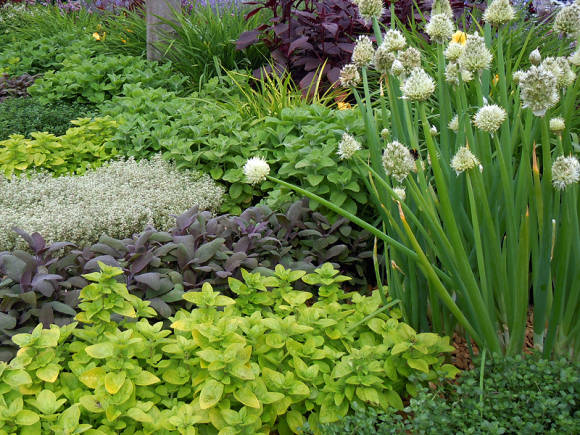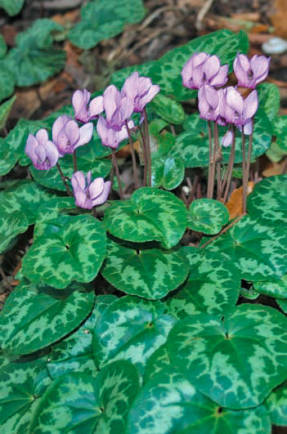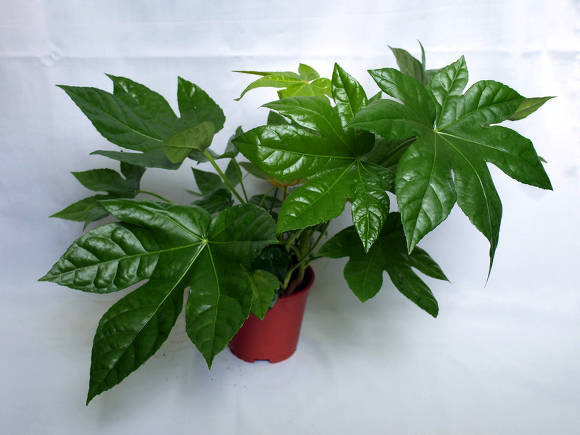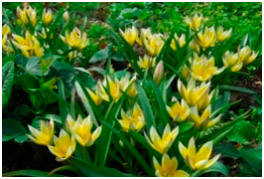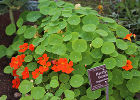|
Unfortunately, in most cases, medicinal plants are more associated with shelves in pharmacies than with flower beds, mixborders and containers. Meanwhile, many medicinal plants are very beautiful and quite worthy to take a place in a mixborder or on a slide.
The question may arise - why plant medicinal plants if there are pharmacies on every corner. There are several reasons. Firstly, in most cases, prices bite, and for many elderly people, every 100 rubles matters. Secondly, to obtain rare types of raw materials that are not always available in a pharmacy. Thirdly, this way you can be sure of the environmental safety of what you use, in the absence of an unpleasant addition in medicinal herbs in the form of heavy metals, radiation, pesticides.
 |
To place plants, you can use all the same landscape forms as when planting ornamental plants:
- slides and rockeries;
- mixborders and ridges;
- flower beds and borders;
- compositions from woody and shrubby plants.
And how to group them is up to you. It is better for beginners to simply include medicinal plants in existing plantings, but for "advanced users" who are familiar with a large number of species, you can even make some plantings from some medicinal plants.
To create a slide, small plants, both herbaceous and shrubs, are suitable. This can be, for example, immortelle, tenacious, creeping thyme, erect cinquefoil, undersized forms of oregano and calendula, as well as such a scarce and exotic plant as Rhodiola rosea. You can create a Mediterranean-style slide on which to place medicinal sage, lavender, medicinal hyssop, Italian immortelle and, of course, creeping thyme. All of these species have many forms with different colors and textures of the leaves. This will allow you to create a masterpiece with a relatively small number of views. The only negative is that most of these wonderful forms are of European origin and are not as winter-hardy as we would like.
Assortment of plants for medicinal composition
 |
The list of plants for a mixborder is simply overwhelming. In addition to those listed above, you can plant species from such banal ones as St. safflower (maral root), umbelliferous centaury, and purple and pale echinacea, which have already become habitual in our areas.
 |  |
The assortment of plants is so extensive that you can even create a slide or mixborder in a certain range.
For example, here is a list of plants for pink mixborder: thick-leaved berry, oregano, centaury umbrella, hyssop medicinal, forest mallow, fistus monarda, stonecrop, evading peony, medicinal burnet, yarrow, thyme, echinacea purpurea and pale.
 |  |
Or, for example, in blue: blue cornflower, moldavian snakehead, medicinal hyssop, real lavender, medicinal lungwort, peppermint, milk thistle or spicy-motley, safflower leuzea, blue blue, tricolor violet, medicinal sage, Baikal skullcap.
 |  |
For yellow mixborder suitable arnica, woolly astragalus, yellow gentian, elecampane tall, St. John's wort, Canadian goldenrod, calendula, scepter mullein, erect cinquefoil, spring primrose (but not decorative species), pink rhodiola, tricolor violet.
 |
Woody plants provide great opportunities for imagination: linden and hazel, hawthorn and black elderberry, wild rose, common juniper and common barberry, exotic species of the Far East aralia and eleutherococcus, lemongrass and Manchurian walnut, high lure shrubs. And in the shade, you can plant a fragrant violet, wild garlic or incense.
 |  |
Do not forget that many ornamental plants are medicinal and can also be used for medicinal purposes. Skumpia leather has an astringent effect, nasturtium - anti-sclerotic and antiviral, the well-known daisy - expectorant for coughing, and marigolds and Kuril tea help with indigestion.
 |  |
Treat with herbs from your garden!
How to approach the placement and selection of an assortment of medicinal plants? First you need to remember all your sores and those of your household and decide on the direction of action of the plants. In the next step, try to find the thickest book on medicinal plants and choose the largest possible list of species with the required action. Then revise the list, discarding all plants that have side effects, poisonous and those that simply do not grow in our zone. And, finally, first (albeit only on paper), select plants that are in harmony with each other and have different flowering periods. And in conclusion, find the planting and seed material of the desired species, read more about how to grow them and place them beautifully on the site.
 |  |
As an example of an assortment of plants with anti-cold and antitussive action, the following list can be cited - thyme, oregano, elecampane, marshmallow, echinacea, sage, mallow, thick-flowered mullein, lungwort. It would seem that the species are well-known from visiting the pharmacy, but they look very nice on the site and it makes sense to plant them. In addition, even with the wrong dosage, they will never cause poisoning, which is important for beginners in herbal medicine.
 |  |
Or here is an assortment of gastric plants - marsh calamus, common agaric, large plantain, thick-leaved berry, flax, medicinal burnet, again medicinal marshmallow and vegetable plants - dill and caraway. All of them are practically harmless, but their effect is different, for some it is fixing (burnet, badan), for some it is enveloping (flax and marshmallow), and some have a wonderful ability to relieve spasms of the gastrointestinal tract (dill, caraway seeds, agape). Similar lists can be made for other common health problems.
 |
Medicinal plants in containers for a patio or balcony are an opportunity to expand the range and get those that do not grow in our climate in the open field. In the summer they are taken out for a walk, and in the winter they live indoors. These types include rosemary, common thyme, common myrtle, pomegranate, citrus and some others.
They can be diluted with common aromatic plants such as mint, lemon balm, nasturtium, etc. Basil can look especially advantageous, which is currently represented by an abundance of varieties with very different texture and color of leaves, bush shape, and, finally, aroma.
The introduction of medicinal plants in landscape work and phytodesign is a creative process, but it requires additional specific knowledge, which, if desired, can be found in the corresponding books. And magazines for gardeners also began to pay attention to this issue, however, so far very little.
Based on the materials of the GreenInfo.ru seminar at the "Flowers / Flowers-IPM-2013"
